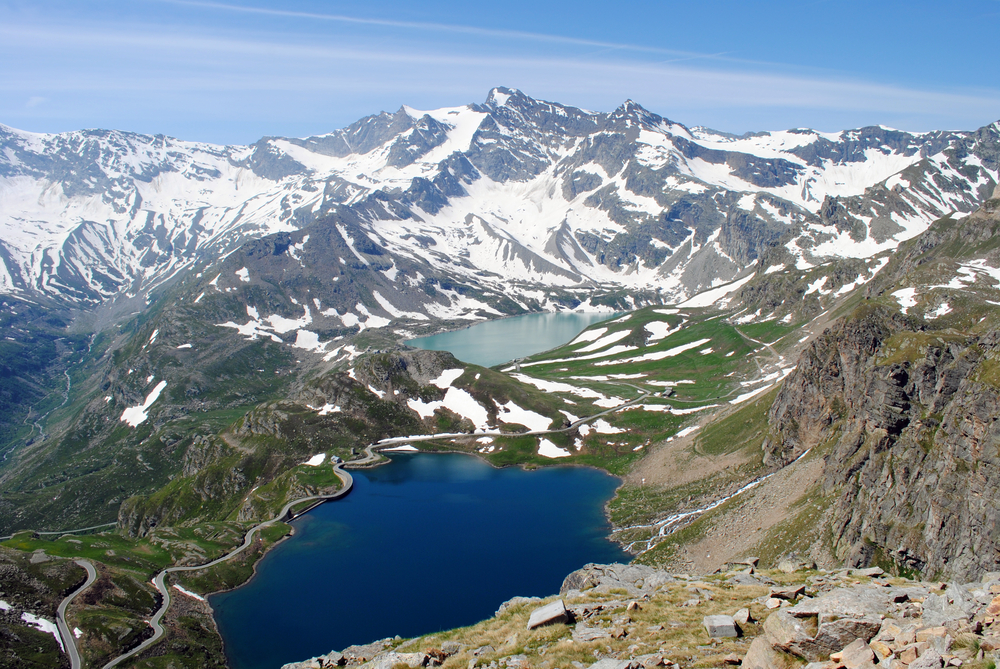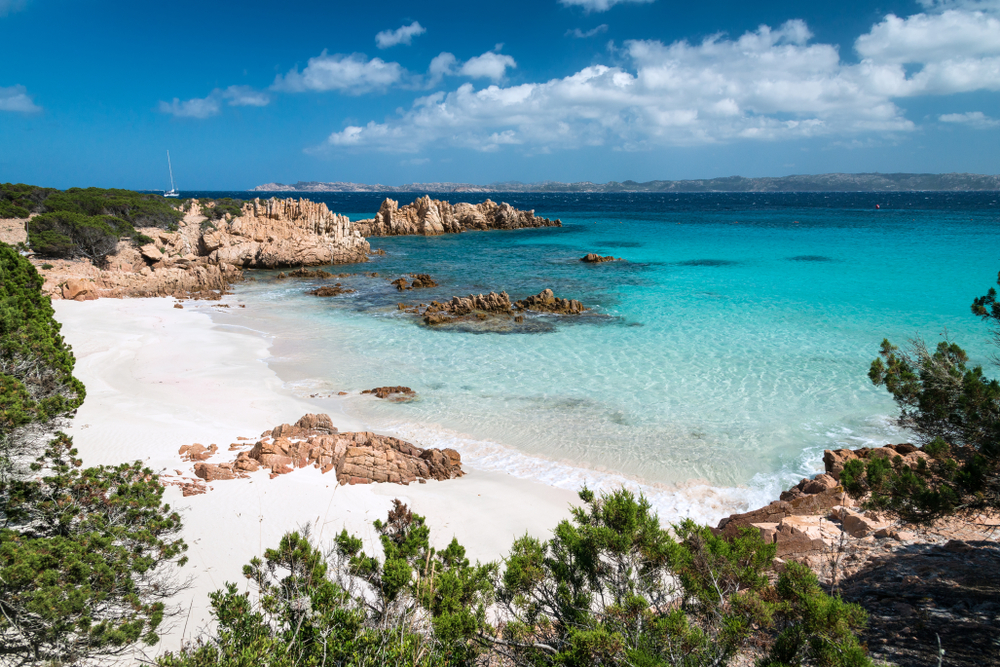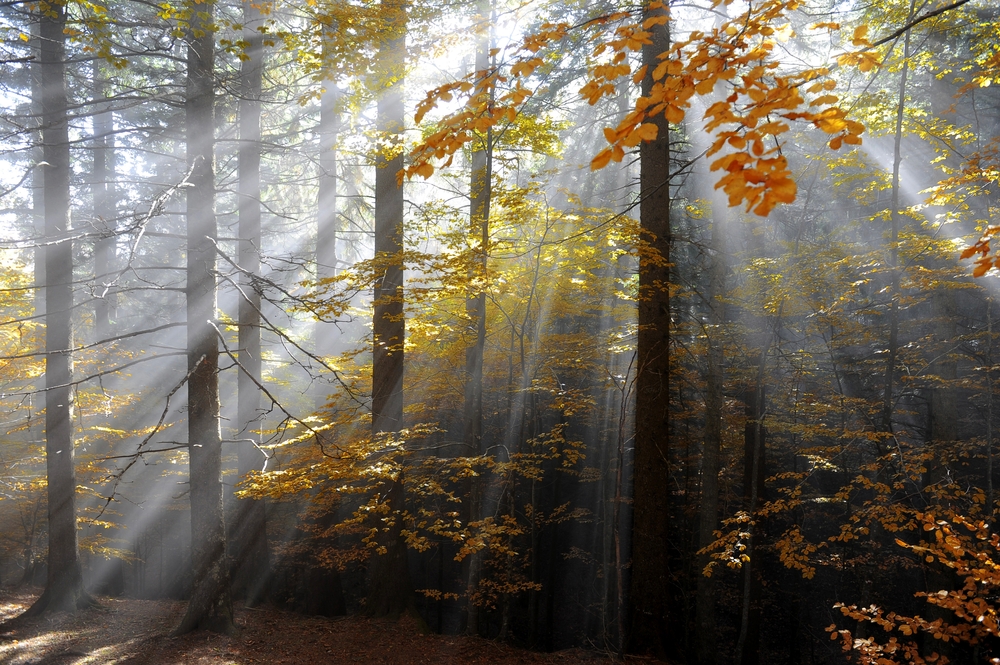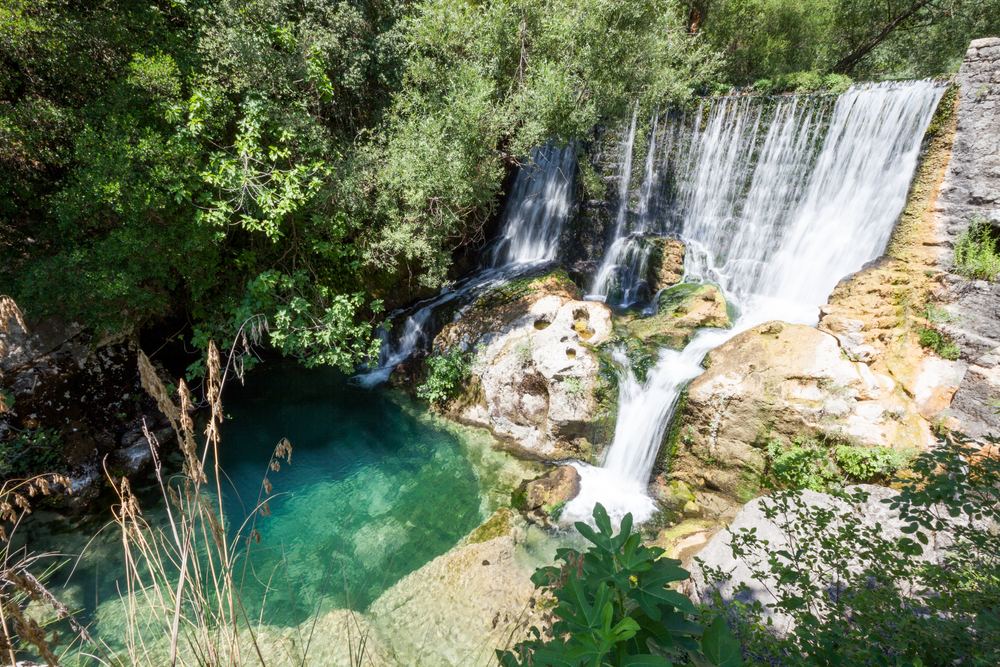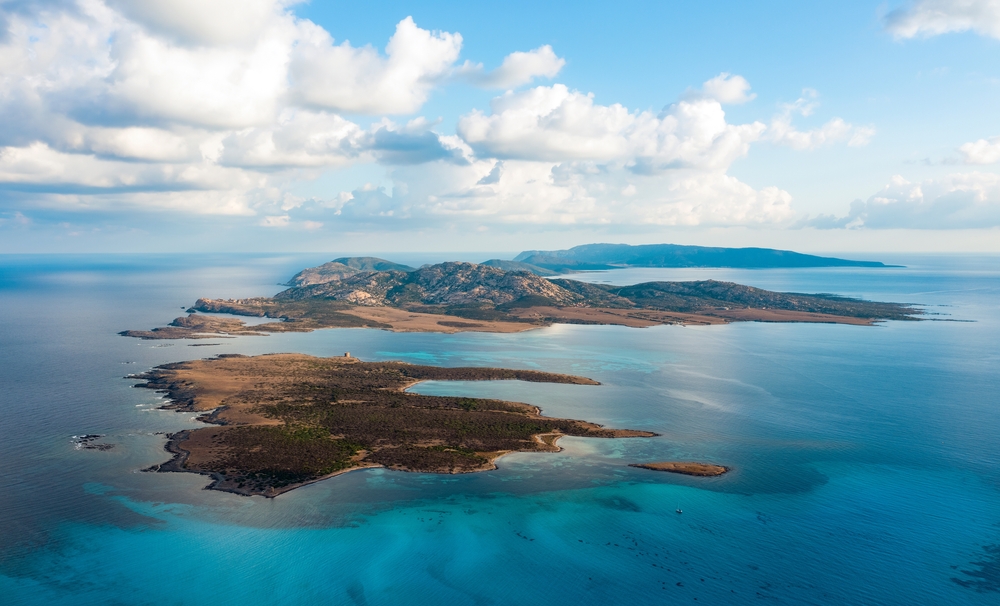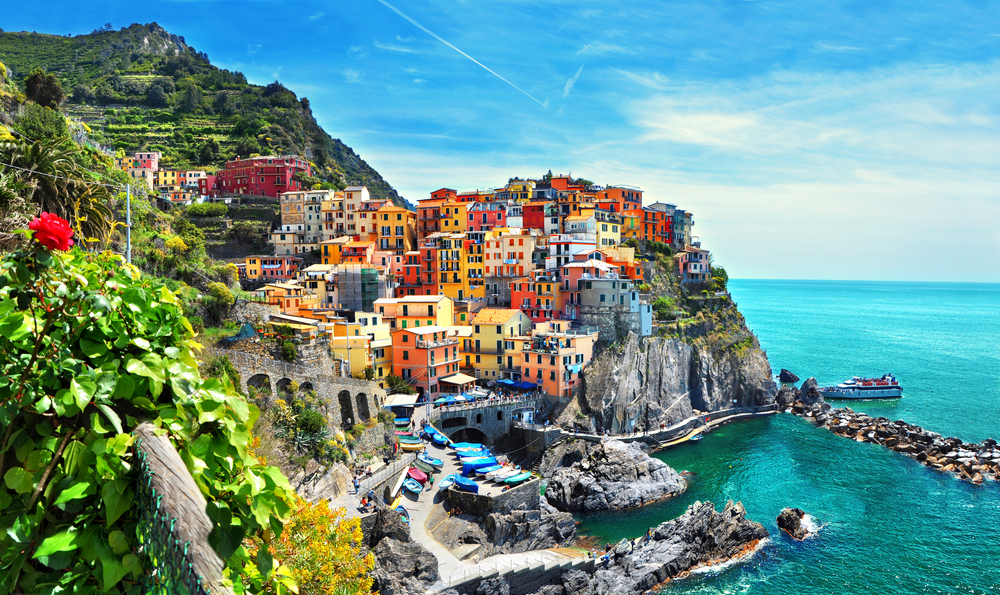Gran Paradiso Overview
Gran Paradiso National Park, known as Parco Nazionale del Gran Paradiso in Italian, is Italy’s oldest national park, located in the Graian Alps in the northwest of the country.
Spanning an area of approximately 173 square miles (450 square kilometers), the park is situated in the regions of Aosta Valley and Piedmont, near the French border. The park takes its name from Gran Paradiso, a towering peak that rises to 13,323 feet (4,061 meters), making it the only mountain entirely within Italy to exceed 4,000 meters.
This park was originally established to protect the Alpine ibex, a species once on the brink of extinction, and today, it remains a sanctuary for a diverse array of wildlife.
The park’s terrain is dominated by rugged mountain landscapes, deep valleys, glaciers, and alpine meadows. Jagged peaks, snow-capped ridges, and steep rock faces shape the dramatic scenery. The valleys, including the well-known Valsavarenche, Val di Rhêmes, and Val Soana, are cut by glacial activity and filled with lush forests and clear mountain streams.
Coniferous forests, consisting primarily of larch, spruce, and Swiss stone pine, cover the lower elevations, giving way to alpine meadows and tundra as the altitude increases. During the warmer months, the meadows bloom with vibrant wildflowers, including edelweiss, gentians, and alpine asters, creating a stunning contrast against the stark rocky slopes.
Gran Paradiso National Park is home to a rich variety of wildlife, most famously the Alpine ibex, which thrives in its natural habitat after being reintroduced from near extinction. Visitors also have the opportunity to see chamois, red deer, roe deer, marmots, and foxes, while elusive predators like the Eurasian lynx and golden eagles roam the more remote areas.
The park is also a haven for birdwatchers, with species such as bearded vultures, peregrine falcons, and rock ptarmigans frequently sighted soaring above the cliffs and valleys. The diverse ecosystems provide an excellent setting for observing the behavior of these animals in their natural environment.
Popular features of the park include its extensive network of well-maintained hiking trails, which range from gentle walks through alpine pastures to challenging ascents up high mountain passes. The trails lead to stunning viewpoints, such as those overlooking the Noaschetta Valley or the Gran Paradiso summit itself.
The Rifugio Vittorio Emanuele II, a high-altitude mountain hut, serves as a key stopping point for those attempting to reach the peak. Visitors can also explore scenic villages like Cogne, which serves as a gateway to the park and offers cultural experiences alongside its natural beauty.
During the winter months, the park transforms into a destination for snowshoeing and ski touring, drawing adventure seekers looking to experience its pristine snowy landscapes.
Efforts to conserve the park’s ecosystems have been largely successful, particularly in the protection of the Alpine ibex and other wildlife species. The park’s management works to balance conservation with sustainable tourism, ensuring that the natural habitats remain preserved while allowing visitors to experience the breathtaking scenery.
Challenges persist, including climate change impacts on glaciers and seasonal water sources, as well as the need for continued protection of fragile alpine ecosystems from human activity. Nevertheless, Gran Paradiso National Park remains a remarkable testament to Italy’s commitment to preserving its natural heritage.








































































